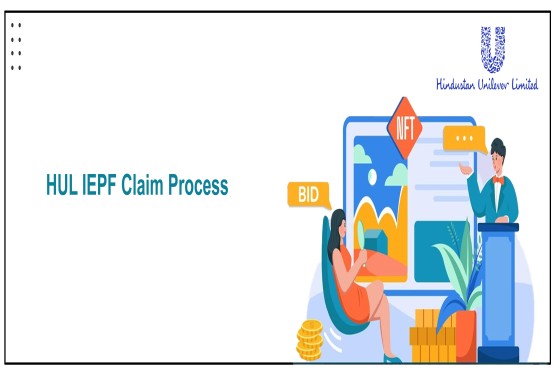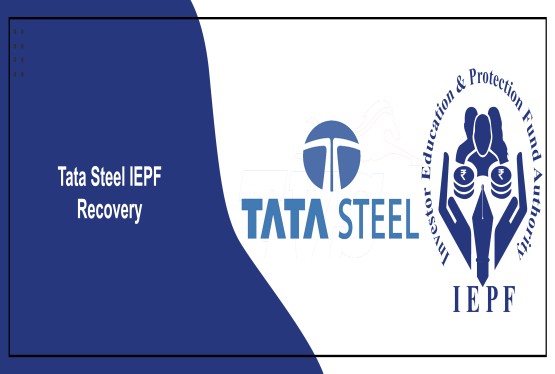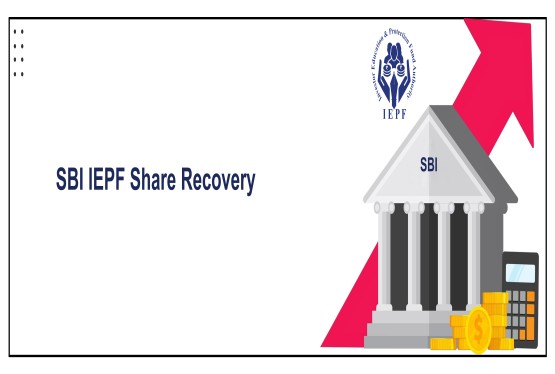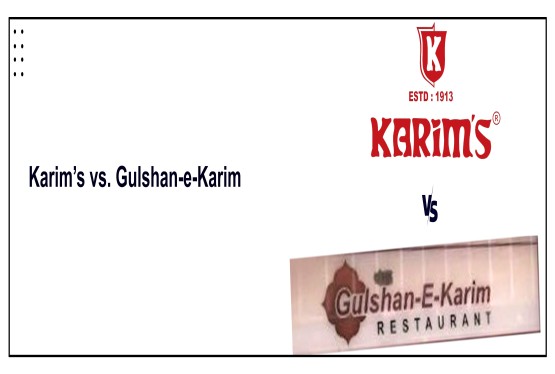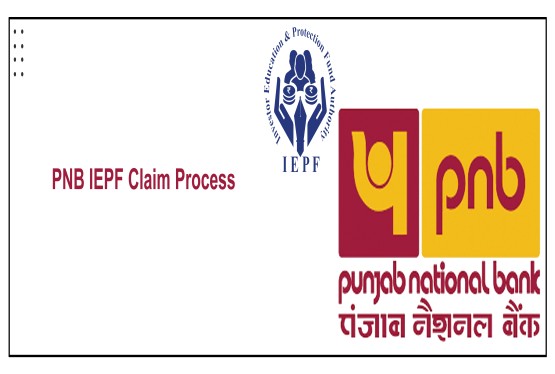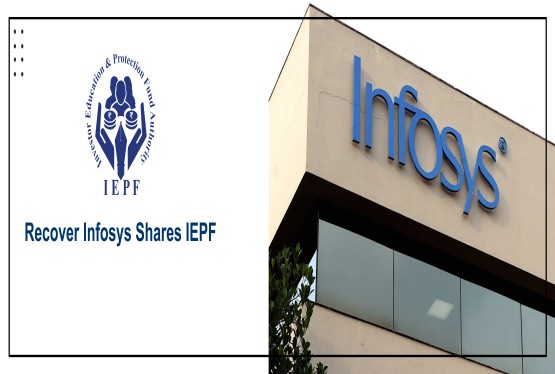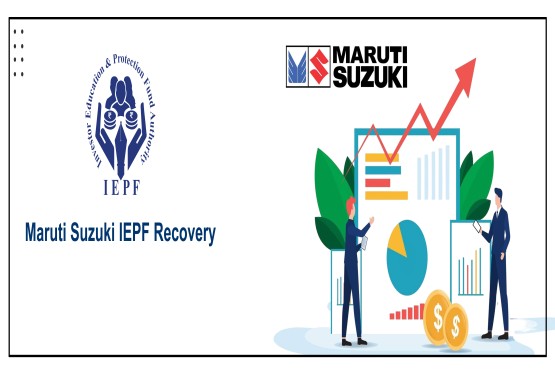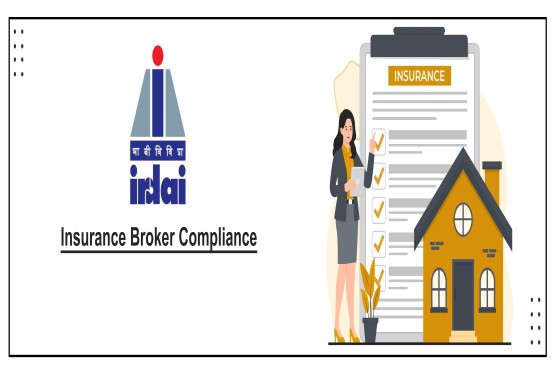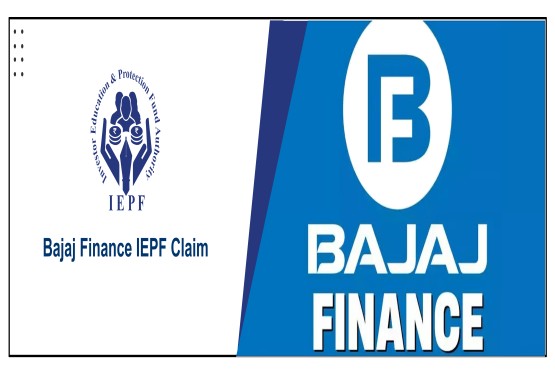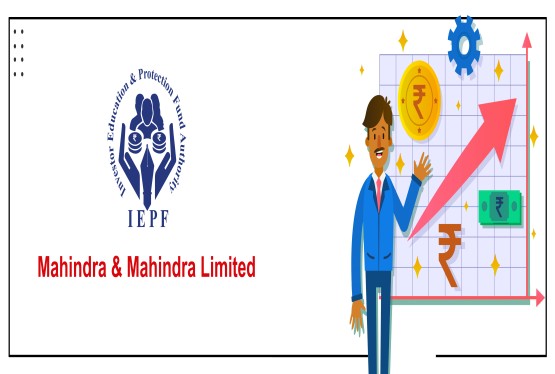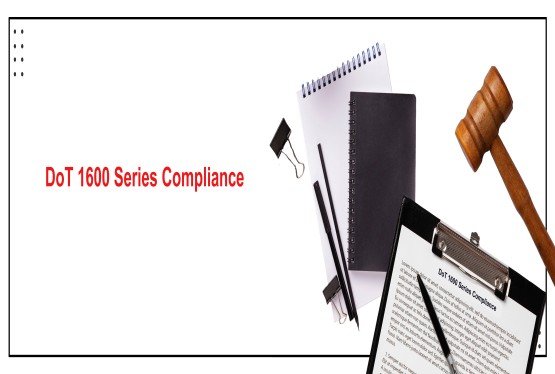Requirement of Valuation Report from RV & MB
Valuation of shares refers to the process of determining the "fair value" of a company's equity share capital or other securities and the fair value represents the estimated worth of the business per share, based on various quantitative and qualitative factors. In simple terms, it tells us what a single share of the company is truly worth, the process plays an important role for investors including foreign Investors for FDI, analysts, businesses, and regulatory authorities in taking informed decisions regarding investment, mergers, financial reporting, and taxation.
The fair price of a share is the balance point where supply meets demand, neither overvalued nor undervalued. Achieving this equilibrium requires careful consideration of available financial data, market conditions, and the company's performance. Trough this article we will take you through the different methods of valuation of shares and purpose of valuation.
Why Share Valuation Matters?
-
Facilitating Investment Decisions: Investors use share valuation to assess whether a stock is overpriced, underpriced, or fairly priced. This helps them decide whether to invest, hold, or sell their shares based on the company’s intrinsic worth.
-
Supporting Mergers and Acquisitions (M&A): In M&A deals, valuation of shares ensures that the involved parties agree on a fair exchange ratio. It allows for the accurate pricing of shares to ensure an equitable transaction.
-
For Accurate Financial Reporting: Valuation impacts the company’s balance sheet and financial disclosures. It ensures transparency in showing the fair market value of assets and equity for compliance with accounting standards.
-
Improve Investor Relations: Companies with transparent and strong valuation practices build trust among investors. It improves communication and provides assurance on financial health and growth potential.
-
Managing Risk Effectively: Correct valuation reveals both strengths and weaknesses in a company’s structure. It provides a clear picture for risk assessment and better decision-making.
Various Methods of Valuation of Shares
Different methods of valuation of shares is must to pick the right one for your purpose.
Let us explain each in detail through this article-
1. Net Asset Value (NAV) Method:
Through this method is based on the company’s balance sheet and assesses the net worth of the business. It is suitable for capital-intensive industries or when a company is being liquidated, merged, or acquired.
Here, Net Assets = Total Assets - Total Liabilities.
Example: If a company owns total assets worth Rs. 200 crore and owes Rs. 50 crore in liabilities, the NAV is Rs. 150 crore. If there are 1 crore shares, each share is worth Rs. 150.
This method is straightforward but may not reflect future earning potential.
2. Earnings Per Share (EPS) Method:
Through EPS method calculates how much profit a company generates per share. It’s a direct measure of profitability.
Formula: EPS = Net Profit / Number of Outstanding Shares
Example: If a company earns Rs. 20 crore and has 1 crore shares, EPS is Rs. 20. If the market price is Rs. 200, the EPS ratio is 10. Higher EPS often indicates a financially sound and profitable company.
3. Price-to-Earnings (P/E) Ratio Method This method compares a stock's market price to its earnings. It’s useful for benchmarking a stock against industry peers.
Formula: P/E Ratio = Market Price / EPS
Example: If the share price is Rs. 100 and EPS is Rs. 10, the P/E ratio is 10. A higher P/E ratio indicates higher investor expectations.
This method is best suited when peer comparison is the goal.
4. Dividend Discount Model (DDM):
Through DDM values shares based on expected dividends, which is ideal for companies that pay regular dividends.
Formula: Value of Share = Dividend / Required Rate of Return
Example: If a company pays Rs. 5 as annual dividend and the return rate is 10%, the share value is Rs. 50.
This method works well for stable, dividend-paying firms like utilities or large conglomerates.
5. Discounted Cash Flow (DCF) Method: (Famous for Startups Valuation)
DCF values shares based on projected future cash flows, discounted to present value. It is one of the most detailed and data-intensive methods.
Formula: DCF = Sum of (Cash Flow in Each Year / (1 + Discount Rate)^Year)
Example: A company expects Rs. 50 crore in cash flow for 10 years. If we discount at 12%, the DCF valuation will provide today’s value of those future earnings.
The Discounted Cash Flow (DCF) method is highly flexible and particularly well-suited for growth-stage companies, including startups like Zomato, Paytm, and similar ventures, as it captures the future earning potential and intrinsic value based on projected cash flows.
6. Book Value Method:
This method considers the value recorded in a company’s books as on the date of determining price pers shares. It is simple but does not reflect market perception or growth potential.
Formula: Book Value per Share = (Total Assets - Total Liabilities) / Number of Shares
It is most suitable for conservative investors.
7. Relative Valuation or Comparable Company Analysis (CCA):
This approach compares a company’s valuation metrics with peers in the same industry.
Example: If Company A has a P/E ratio of 8 while others in the sector have P/E ratios of 12-15, Company A might be undervalued.
8. Liquidation Value Method:
This is the amount shareholders would receive if a company is closed and its assets are sold.
It is used for distressed companies or when assessing exit scenarios. While it may not reflect ongoing business value, it provides a safety net evaluation.
Factors Affecting Valuation of Shares
Several factors influence share valuation:
-
Financial Performance: Elements like sales, revenue, profits, and cash flows determine the strength of the business. Better performance usually leads to higher valuation.
-
Business and Market Risk: Higher business or economic risk generally lowers valuation. Investors adjust their expectations based on perceived stability.
-
Supply and Demand Dynamics: If demand for the share is higher, prices may rise, regardless of fundamentals. Market sentiment and macroeconomic factors play a role.
-
Future Growth Potential: Companies with innovation, strong management, or expansion plans often command higher valuations due to future potential.
-
Industry Position: Firms with a strong position in a growing industry tend to enjoy higher valuations.
Therefore, Valuation of shares is an important function in finance, investment, and business operations including when startup company looking for higher value size of Investment which helps estimate the worth of a company, aids in regulatory compliance such as Income Tax, FEMA, supports financial decision-making, and guides investor strategies. Through the understanding the different methods of valuation of shares, such as Net Asset Value, EPS, P/E ratio, DDM, DCF, and others, you can pick the most suitable approach based on the purpose and data available. However, no method is universally applicable.
If you need any assistance in Valuation of Shares, then you can book a consultation with Compliance Calendar LLP experts through email at info@ccoffice.in or Call/Whatsapp at +91 9988424211.
FAQs on Share Valuation in India
Q1. Who can do the valuation of shares in India?
Ans. Only a Registered Valuer under Section 247 of the Companies Act 2013 or a Merchant Banker registered with SEBI is allowed for specific cases like startups, share transfers under FEMA, and regulatory submissions.
Q2. Is share valuation required for a private limited company?
Ans. Yes, especially for issue or transfer of shares, ESOPs, mergers, or when dealing with non-resident shareholders under FEMA for FDI reporting or Income Tax rules.
Q3. What is the difference between book value and fair value?
Ans. Book value is based on historical accounting records. Fair value reflects the market value or economic worth of a business as of the valuation date.
Q4. Which method is best for startup valuation?
Ans. DCF Method and Option Pricing Method (OPM) are generally preferred for startups due to their focus on future cash flows and complex capital structures.
Q5. Can the Income Tax Department reject a valuation report?
Ans. Yes. Under Section 56(2)(viib), if the department finds the valuation to be excessive or inconsistent with Rule 11UA, they may question or reassess it.For income-tax purposes, the valuation of unlisted equity shares is primarily governed by Section 56(2)(viib) of the Income-tax Act, 1961, read with Rule 11UA. When a closely held company (i.e., unlisted company) issues shares at a premium to a resident investor, the Income Tax Department may scrutinize whether the premium is justified.
If the department finds the valuation to be excessive, unjustified, or not in line with Rule 11UA, it may reassess the valuation and treat the excess consideration as income from other sources in the hands of the company. Therefore, accurate and methodical valuation supported by professional reports is critical to avoid tax implications.
Q6. Is valuation mandatory for ESOPs?
Ans. Yes. For issuing ESOPs, fair market value (FMV) must be determined under Rule 11UA and reported for tax and compliance purposes.
Q7. When is the DCF method not applicable?
Ans. When future cash flows are highly uncertain, such as in early-stage startups without revenue, DCF may not provide reliable results.
Q8. Can we use multiple methods together?
Ans. Yes. Often, valuers use a blended or weighted average of two or more methods to check the accuracy and regulatory acceptance by income tax, RBI under FEMA, MCA under companies Act 2013.











































































_crop10_thumb.jpg)


































































_crop10_thumb.jpg)
_crop10_thumb.jpg)



_crop10_thumb.jpg)


_crop10_thumb.jpg)





_crop10_thumb.jpg)

_crop10_thumb.jpg)














-suratgujarat-section-158_crop10_thumb.jpg)
-suratgujarat_crop10_thumb.jpg)
-(33)_crop10_thumb.jpg)



-ahmedabad_crop10_thumb.jpg)
-learn_crop10_thumb.jpg)

-learnn_crop10_thumb.jpg)



























































_crop10_thumb.jpg)























_Guidelines_learn_crop10_thumb.jpg)






















_learn_crop10_thumb.jpg)
_crop10_thumb.jpeg)










_crop10_thumb.jpg)




_Second_Amendment_Rules,_2025_learn_crop10_thumb.jpg)







_learn_crop10_thumb.jpg)






















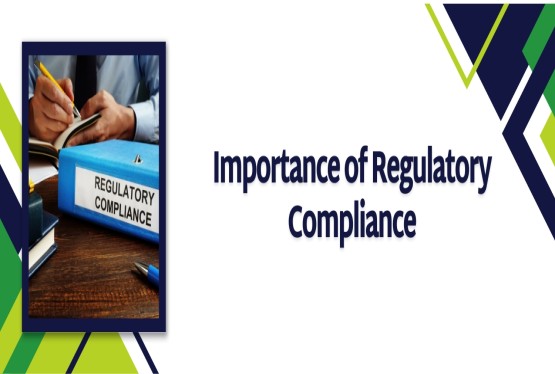








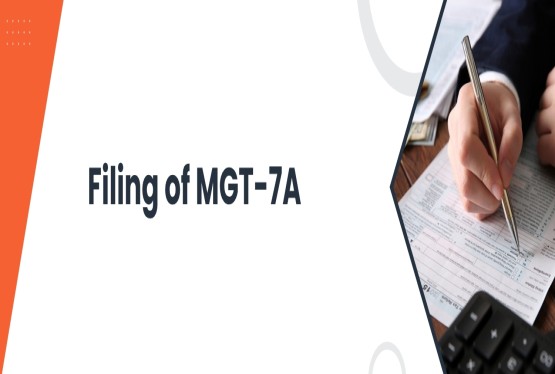
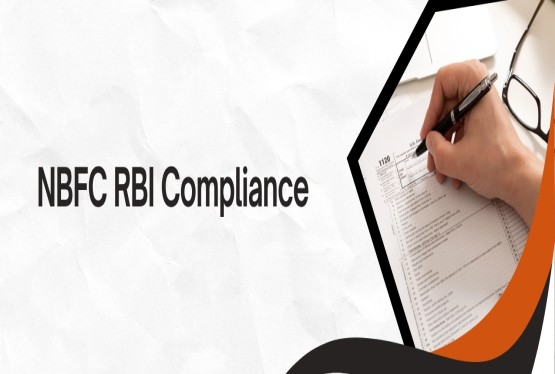
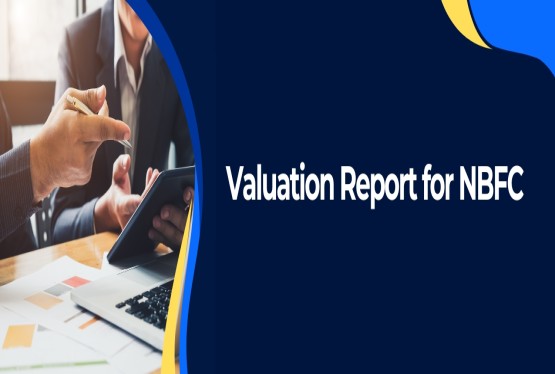








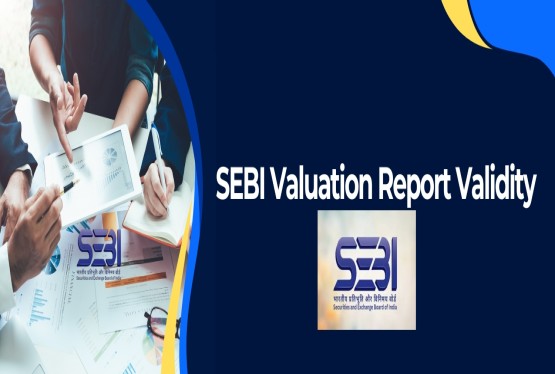

_learn_crop10_thumb.jpeg)

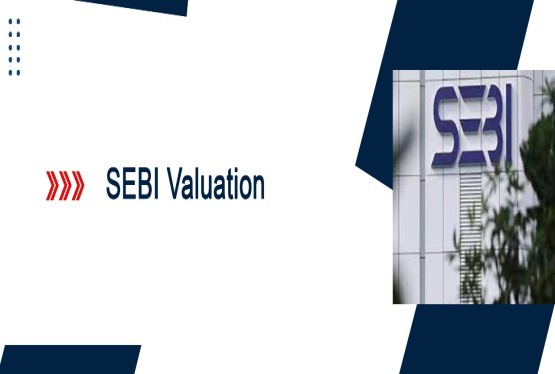
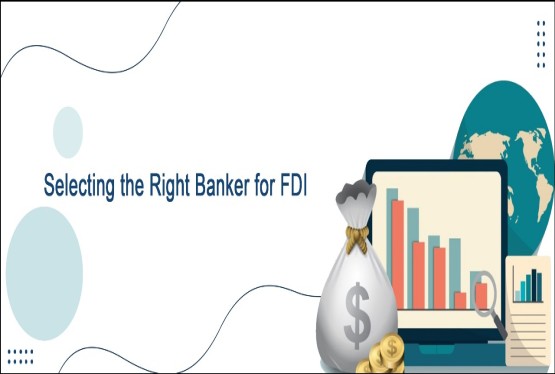






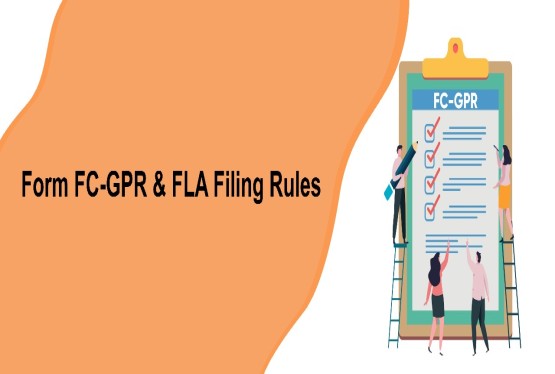

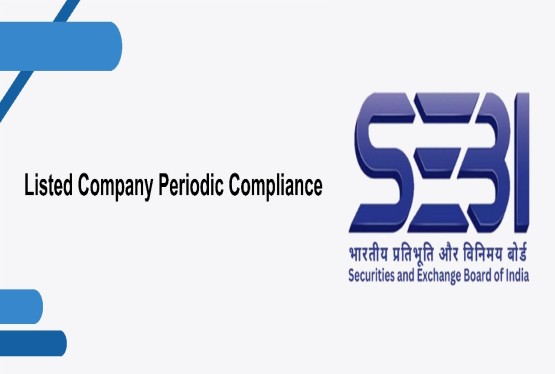




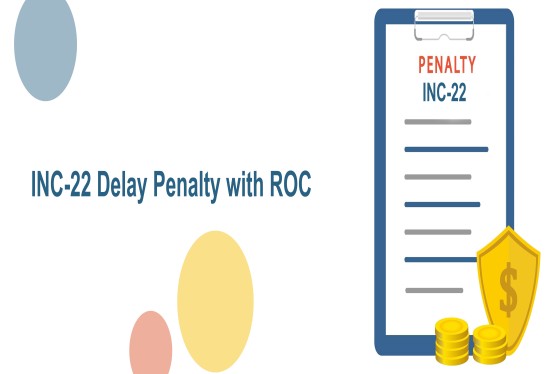
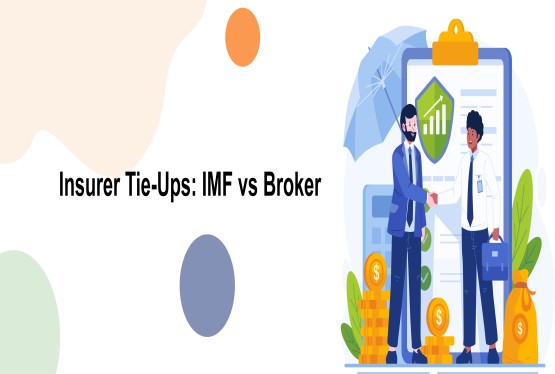

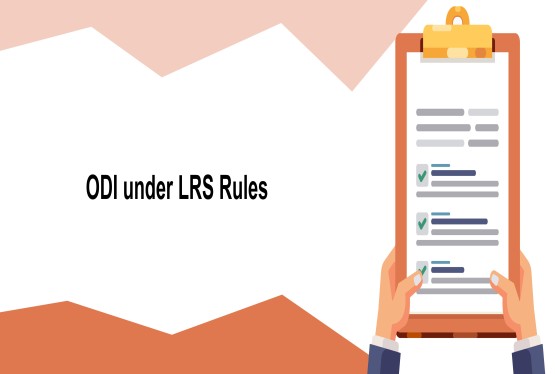
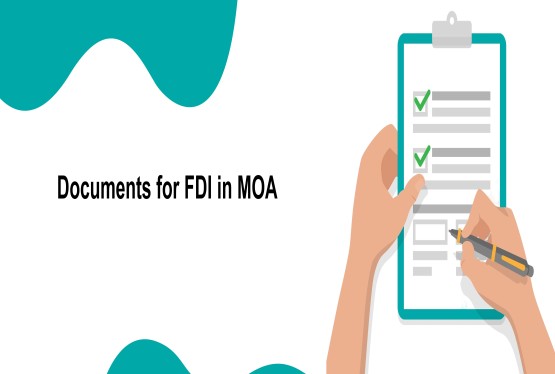


_learn_crop10_thumb.jpg)
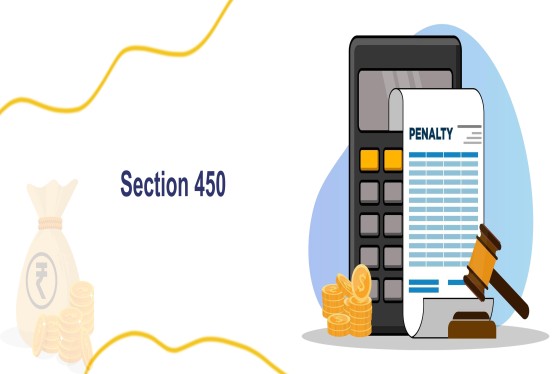

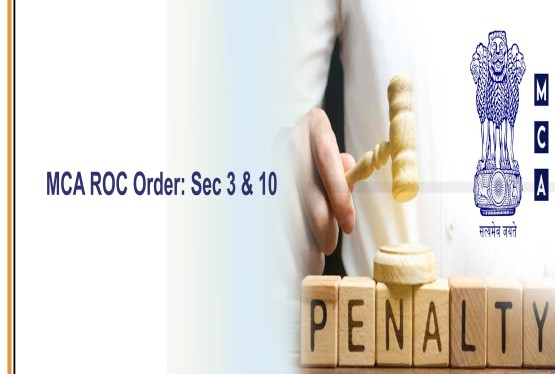
_rd_roc_learn_crop10_thumb.jpg)




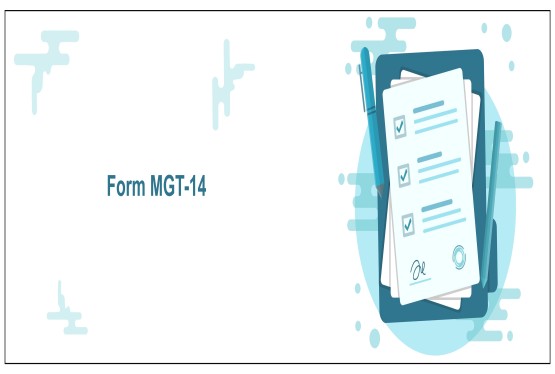
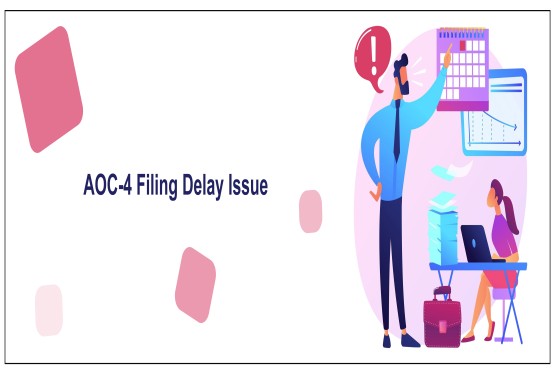
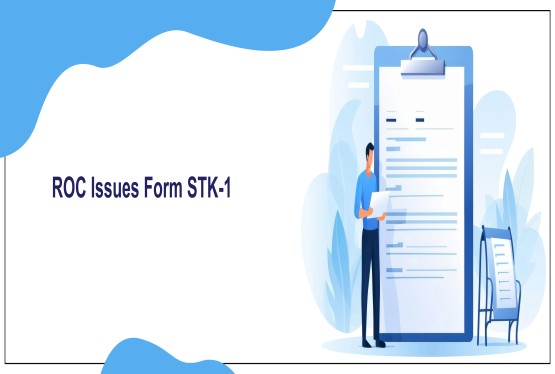

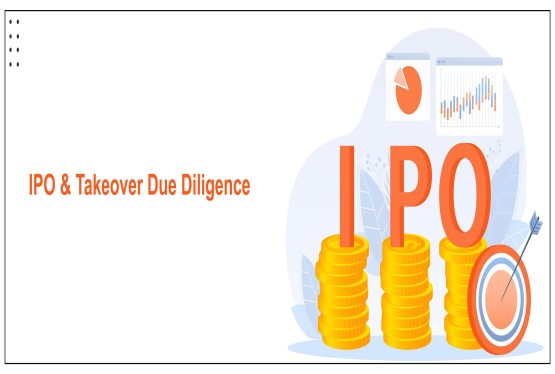
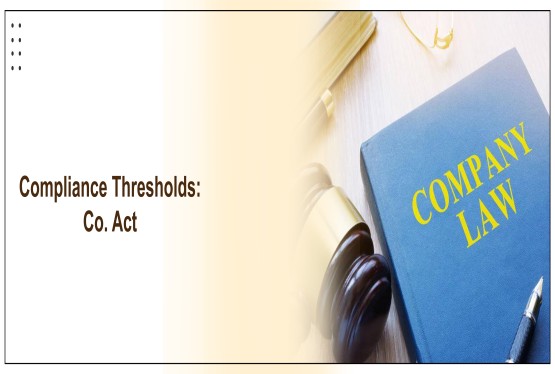
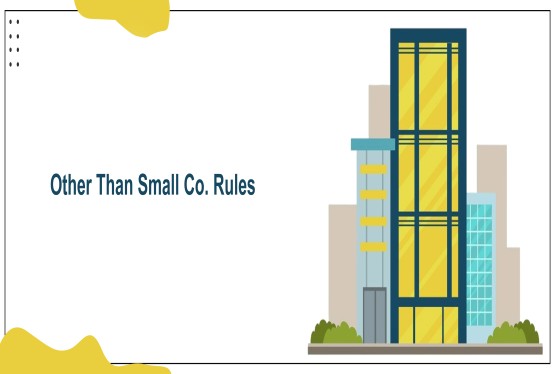

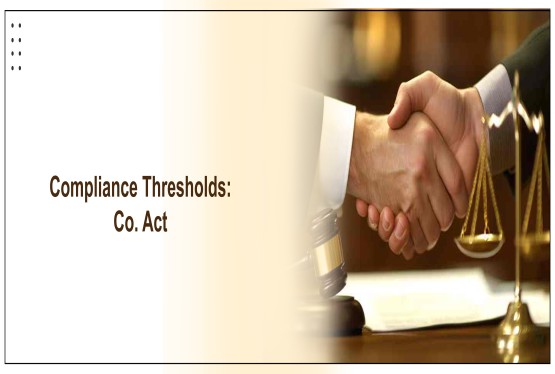
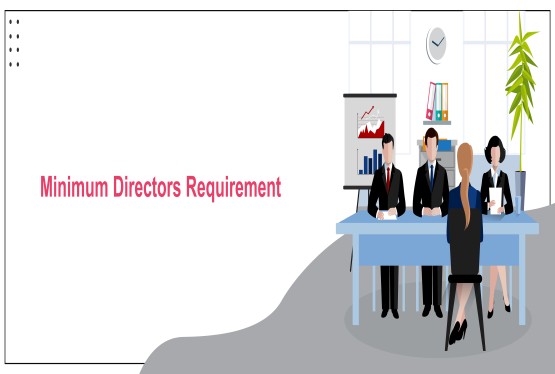


_learn_crop10_thumb.jpg)

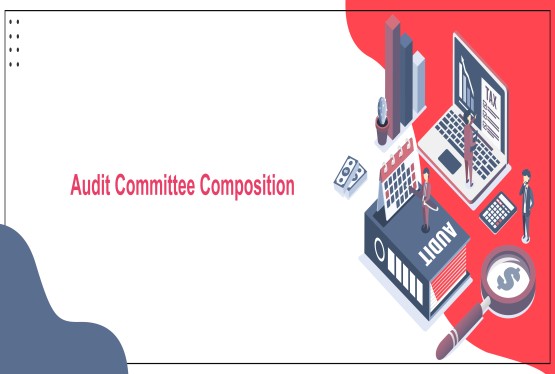
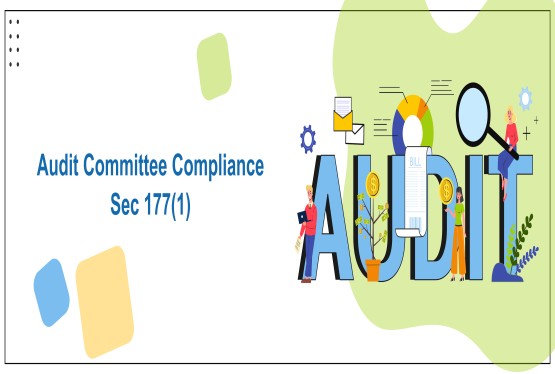



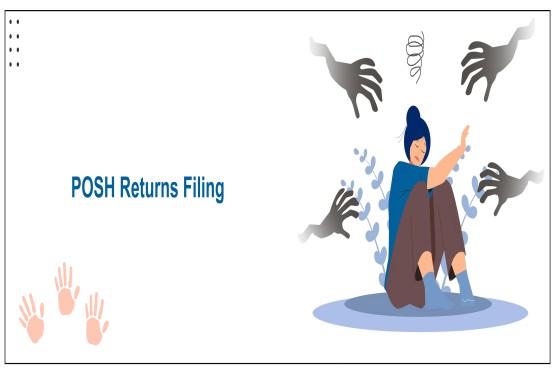
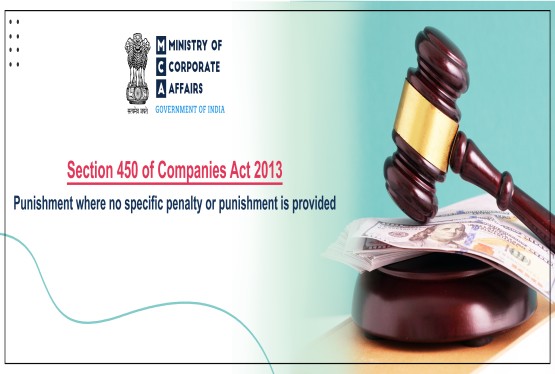

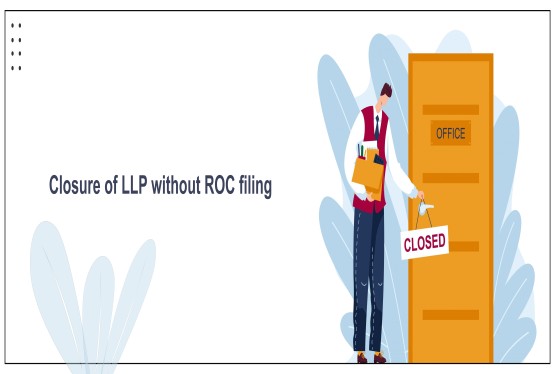
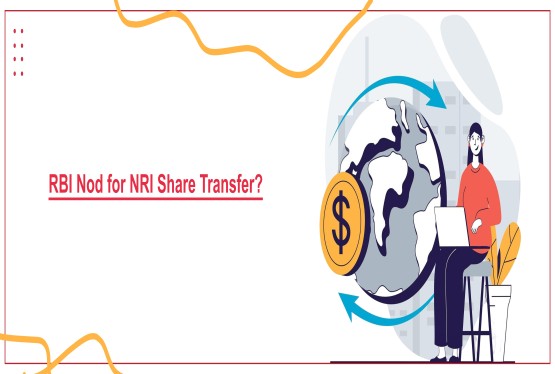

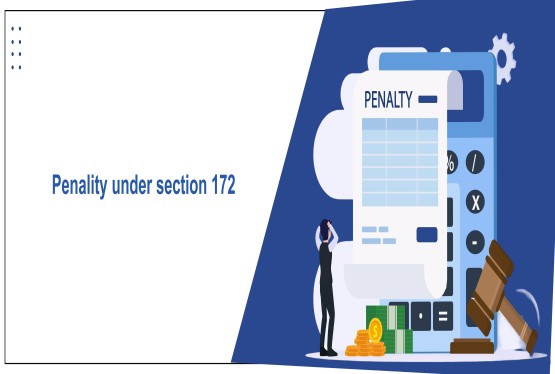
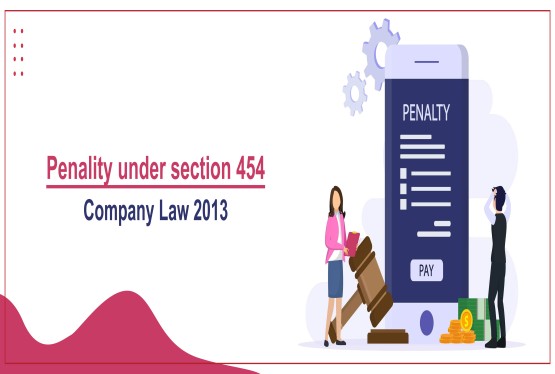
_learn_crop10_thumb.jpg)
_Learn_crop10_thumb.jpg)





